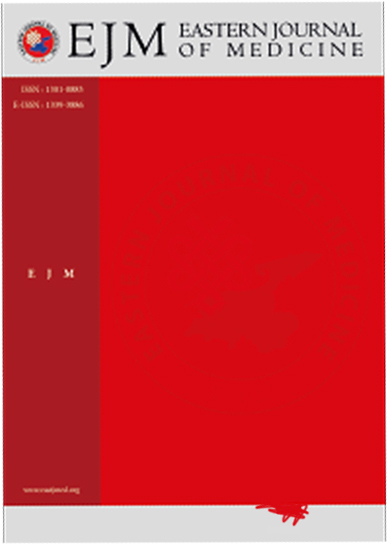Acute pulmonary embolism
Ritesh Agarwal1, Subhash Varma1Pulmonary embolism is a common illness with a potential for considerable morbidity and mortality. It is often misdiagnosed because patients present with a wide array of symptoms and signs. The clinical setting can raise suspicion, and certain inherited and acquired risk factors predispose susceptible individuals. A quantitative D-dimer level in the blood is the best screening test where pretest clinical probability is low. Computed tomographic angiography has become the most commonly used modality for diagnosis in all other settings. Treatment requires rapid and accurate risk stratification before development of right ventricular dysfunction and cardiogenic shock. Anticoagulation is the cornerstone of treatment. Thrombolysis is mainly indicated in patients with hemodynamic compromise and hypotension. Right ventricular dysfunction on echocardiography identifies another high-risk group who might require thrombolysis even if normotensive on presentation. This article reviews the current concepts in the diagnosis and management of pulmonary embolism.
Keywords: Pulmonary embolism, pulmonary thromboembolism, venous thromboembolism, deep venous thrombosisManuscript Language: English














